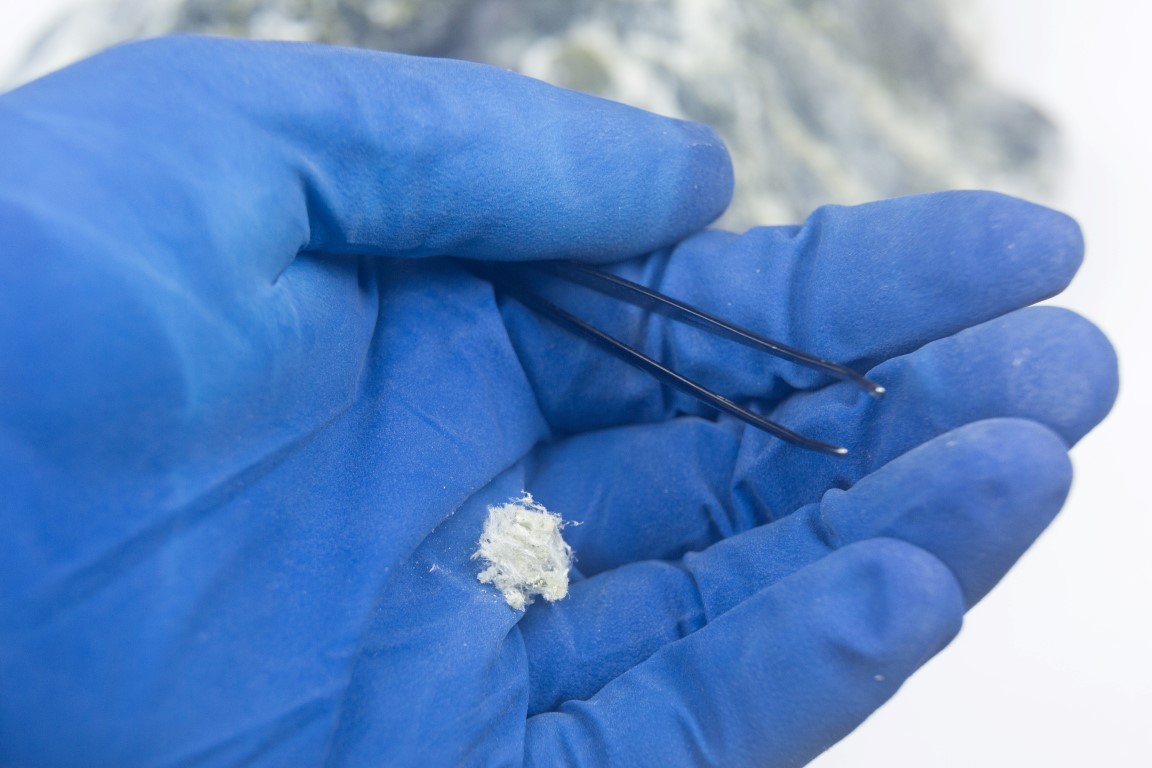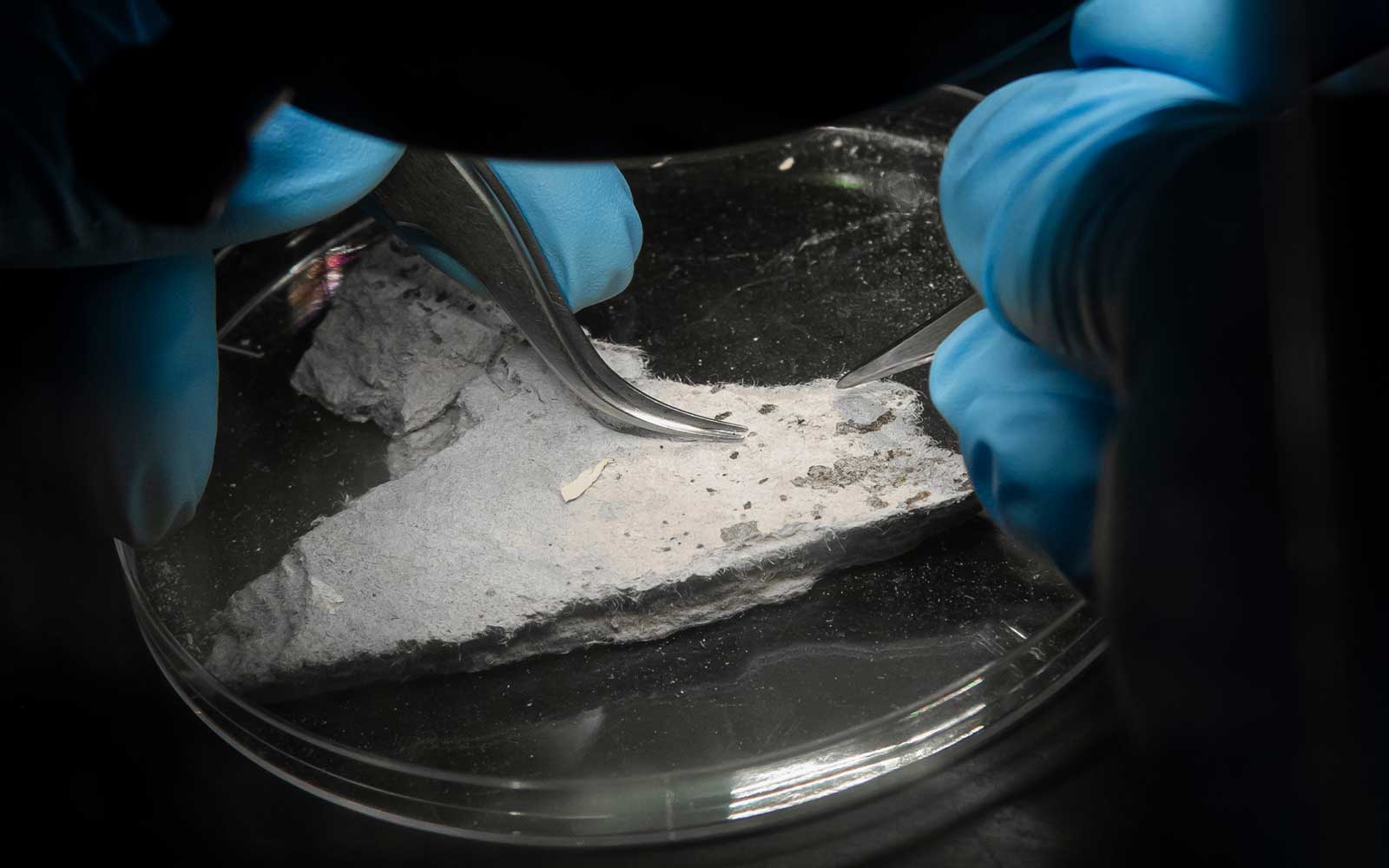Arrange Your Asbestos Testing Today for a Healthier Home
Arrange Your Asbestos Testing Today for a Healthier Home
Blog Article
The Complete Refine of Accredited Asbestos Examining to Guarantee Home Compliance
In the realm of residential property management and compliance, the procedure of recognized asbestos testing stands as a vital component to make sure the safety and well-being of owners. Recognizing the complex steps involved in this testing procedure is critical for homeowner and managers alike. From the first evaluation to the last analysis of results, each stage plays a crucial function in determining the visibility of asbestos within a residential property. Allow's discover how this thorough procedure unfolds to assure adherence to rigorous policies and safeguard against prospective health and wellness risks.
Accredited Asbestos Testing: Preliminary Evaluation
In carrying out the first evaluation for recognized asbestos screening, a thorough evaluation of the property's materials is important to accurately recognize prospective asbestos-containing materials. Unique focus is given to products that are vulnerable to damage or disturbance, as these situations can release harmful asbestos fibers into the air.
Certified asbestos assessors follow stringent procedures set by governing bodies to guarantee the accuracy and dependability of the screening procedure. By diligently documenting findings and using advanced screening approaches, assessors can provide residential property proprietors with an extensive record detailing the existence of asbestos, if any, and the suggested actions for reduction or removal. This initial evaluation establishes the foundation for succeeding activities to resolve asbestos issues and ensure the security and compliance of the property.
Example Collection Treatments for Asbestos Evaluating
Efficient example collection procedures are necessary in ensuring accurate asbestos screening results and compliance with regulatory standards. When gathering examples for asbestos screening, it is important to comply with strict protocols to reduce the risk of contamination and make certain the dependability of the results.
First of all, it is very important to identify the presumed asbestos-containing products (ACMs) and focus on tasting areas based on variables such as the product's condition, ease of access, and potential for disturbance. Asbestos Testing. Examples ought to be accumulated from different places within the home to provide a comprehensive analysis of asbestos visibility
Throughout sample collection, accredited professionals ought to wear appropriate personal protective equipment (PPE) to protect against asbestos exposure. They should use clean tools, such as non reusable handwear covers and plastic bed linen, to stop cross-contamination between samples. Examples need to be meticulously accumulated making use of a specified strategy, such as wet cleaning or coring, and securely secured in closed containers to preserve their integrity throughout transport to the research laboratory for evaluation.
Laboratory Analysis Process for Asbestos Samples
Upon completion of the sample collection process, the asbestos samples are thoroughly transferred to recognized laboratories for precise analysis. The first step in the research laboratory evaluation process is example prep work, where the accumulated samples are very carefully processed to remove the asbestos fibers.

Once the evaluation is complete, a thorough record is produced, detailing the findings and go to this site verifying whether asbestos exists, the sort of asbestos fibers recognized, and the concentration degrees. This details is critical for property proprietors to take the essential steps to ensure conformity with asbestos laws and protect the health and wellness of owners.

Coverage and Interpretation of Asbestos Examination Results
Approved asbestos testing research laboratories give detailed records that use crucial understandings into the presence, type, and concentration levels of asbestos fibers found in samples gathered from residential properties. These reports are essential for building proprietors and supervisors to recognize the danger postured by asbestos and make educated decisions concerning its administration or removal. The reports generally consist of information on the approaches made use of for screening, the locations where examples were taken, the sort of asbestos determined (such as chrysotile, amosite, or crocidolite), and the focus degrees of asbestos fibers found.
Translating these outcomes calls for knowledge to analyze the possible health and wellness risks related to asbestos exposure, identify the suitable strategy, and guarantee regulatory compliance (Asbestos Testing). Depending on the findings, recommendations may vary from proceeded tracking and maintenance to encapsulation or full asbestos reduction. Homeowner must very carefully review these reports and seek More Info advice from asbestos professionals to establish a thorough prepare for resolving any type of asbestos concerns recognized
Making Sure Residential Or Commercial Property Conformity With Asbestos Laws
To keep adherence with asbestos regulations, residential property owners have to vigilantly execute steps to make certain conformity with applicable regulations and standards. When asbestos is identified, residential property owners must comply with asbestos management intends that outline correct containment, elimination, or encapsulation procedures to stop direct exposure and spread of asbestos fibers.
Building owners ought to provide asbestos awareness training to workers and occupants to lessen the danger of asbestos exposure and ensure appropriate handling of products that might have asbestos. Additionally, it is important to stay notified about any updates or changes in asbestos regulations to readjust management practices appropriately. By proactively attending to asbestos compliance requirements, property proprietors can develop a safe setting for occupants and mitigate possible legal and health and wellness dangers related to asbestos exposure.
Conclusion
Finally, certified asbestos testing is a crucial process for making certain property conformity with regulations. The preliminary evaluation, example collection treatments, laboratory evaluation, and analysis of results are very important action in this procedure. By adhering to these treatments, homeowner can determine and deal with any kind of asbestos dangers present, securing the health and her explanation wellness of passengers and preserving conformity with regulative requirements.
Report this page